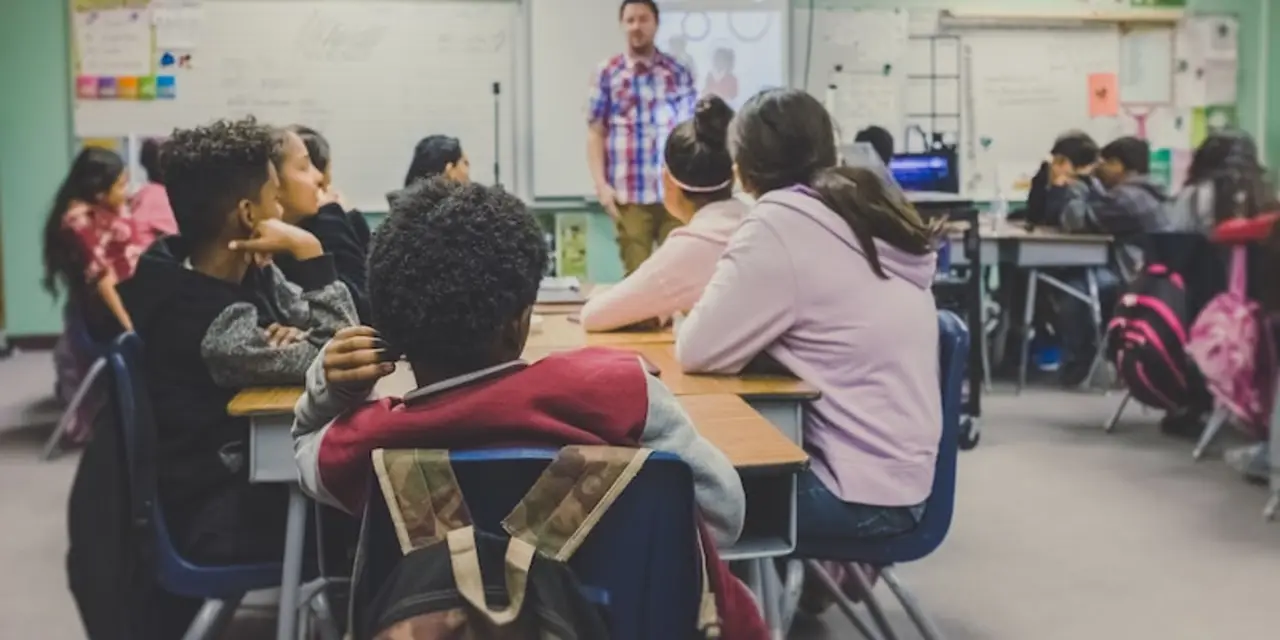What is the technology of education? How is it used?
-
Mar, 12 2023
-
0 Comments

Technology has become an integral part of modern education, making it easier for students to learn and for educators to teach. From interactive whiteboards to virtual classrooms, technology has revolutionized the way we teach and learn. In this blog post, we’ll explore some of the benefits of technology in education.
Improving Student Engagement
One of the biggest benefits of technology in education is its ability to keep students engaged. With interactive whiteboards, students can immediately see the results of their work, and with virtual classrooms, they can interact with their peers and instructors in real time. Technology also allows students to access course materials anytime, anywhere, and review them at their own pace.
Providing Rich Learning Experiences
Technology allows educators to provide rich learning experiences for their students. For example, virtual reality can be used to simulate real-world scenarios, allowing students to practice and develop skills in a safe environment. And with the proliferation of digital resources, students can access a wealth of information and resources to supplement their learning.
Enhancing Collaboration
Technology also enables students to collaborate with each other in a more meaningful way. Through the use of online tools, like Google Docs and Skype, students can work together on projects, exchange ideas, and support each other’s learning. Additionally, technology makes it easier for educators to collaborate with each other and access resources and expertise.
Increasing Accessibility
Technology is also making education more accessible to students around the world. With online learning platforms, students can access course materials and participate in classes from any location with an Internet connection. Additionally, with the development of assistive technology, students with physical or cognitive impairments are able to participate in the classroom more easily.
Technology is revolutionizing the way we teach and learn, and its potential is seemingly limitless. From virtual reality to online learning platforms, technology is making education more engaging, more accessible, and more collaborative.
With the advent of new technologies, education has become much more accessible, interactive, and efficient. Technology has become a powerful tool for educators to use in the classroom, helping enhance student learning and engagement.
From interactive whiteboards to virtual reality, there are a wide range of tools and technologies available to help teachers bring their lessons to life. Interactive whiteboards allow teachers to display digital content and use the board to annotate and highlight key points in their lesson. Virtual reality can be used to create immersive learning experiences, allowing students to explore a virtual world and interact with it in a meaningful way.
Technology can also help facilitate collaboration between students and teachers. Online discussion forums and messaging applications allow students and teachers to communicate and discuss course material in real-time, while tools like Google Docs and Microsoft Teams allow for real-time collaboration on projects.
Technology can also be used to track student performance and provide feedback. Tools like Google Classroom and Edmodo can be used to assign and track assignments and assessments, while analytics tools can be used to track students’ progress over time.
In short, technology has the potential to revolutionize the way we teach and learn, and is an invaluable tool for educators. By harnessing the power of technology, teachers can create engaging and interactive learning experiences for their students, while tracking and assessing their progress.
The advent of technology in the 21st century has drastically changed the way we learn and teach. Technology has become an integral part of our classrooms, making education more interactive, engaging, and accessible. As technology continues to evolve, its role in the modern classroom has become increasingly important. In this blog post, we’ll explore the various ways in which technology is transforming the educational landscape.
Enhancing Learning Experiences
Technology has the potential to make learning more engaging and interactive. By introducing digital tools into the classroom, students can gain access to a wealth of information, explore new topics, and develop their critical thinking skills. Technology can also be used to facilitate collaboration between students, as well as facilitate communication between instructors and students.
Improving Accessibility
Technology can also help improve accessibility to education, especially for those living in rural areas or with limited resources. With the help of technology, students can access educational materials from all over the world, allowing them to explore new topics and gain knowledge from different perspectives. Technology can also provide students with specialized learning tools that can help them better understand and retain information.
Encouraging Creativity
Technology can also be used to encourage creativity in the classroom. With access to digital tools such as animation, 3D modeling, and more, students can explore their creativity and express themselves in ways that were not possible before. Furthermore, digital tools can also be used to facilitate group projects, allowing students to work together to create something unique and engaging.
Conclusion
Technology is revolutionizing the way we learn and teach. It is making education more engaging, accessible, and interactive, while also providing students with the tools they need to succeed. As technology continues to evolve, its role in the modern classroom will become even more important.